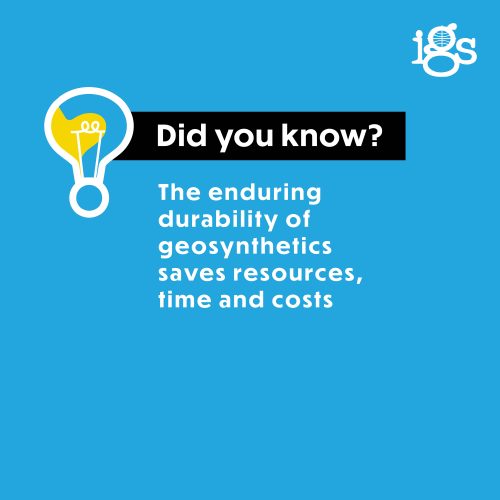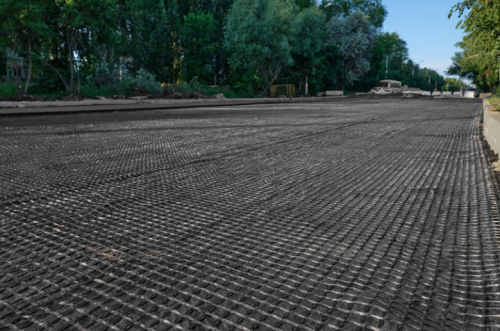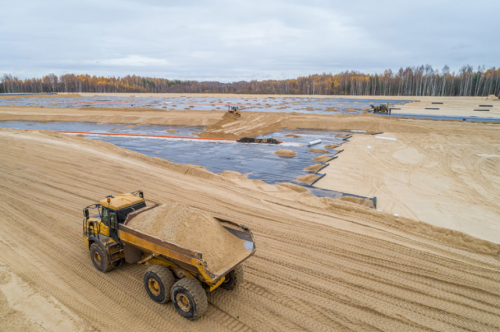
Did You Know?… the enduring durability of geosynthetics saves resources, time and costs.
One of the most important attributes of any infrastructure is durability. We want our roads, bridges, buildings and other key structures to last as long as possible.
Geosynthetics make important contributions to many aspects of sustainable construction, and one of the most significant is durability. Geosynthetic materials can provide long, useful lifespans for the projects that use them, maintaining performance for decades, and sometimes with the potential to last more than 100 years.
When used as a rock separator layer in roadways, geosynthetics have performed for 30-40 years. In asphalt layers, geosynthetics reduce maintenance costs and provide two to three times the lifespan of the same installation without a geosynthetic.
Geosynthetics are also critical components of vertical walls, bridge abutments and other air and transportation infrastructure that is built with design lifespans of 50 years or more.

In canals, wastewater treatment facilities and other water infrastructure, geosynthetics also have lifespans that are measured in decades. Forensic testing by the US Department of the Interior, accelerated aging studies and also the results of real-world installations and performance show that geosynthetics in water infrastructure deliver decades of useful service.
Perhaps the longest performing geosynthetics are used in landfill and other groundwater protection applications. The expected lifespan of geosynthetic barriers in a landfill site is more than four centuries of performance. These materials are used in the very long-term storage and separation of hazardous, industrial and household waste products, protecting groundwater, the environment and human health from the waste materials mankind generates.

The advantages over traditional materials such as sand, rock, soil and concrete don’t end there. Geosynthetics are also greener and more energy efficient, emitting less greenhouse gases than other solutions.
So it is clear, one of geosynthetics’ greatest contributions to sustainability is durability: because geosynthetics last, they increase the lifespan of the infrastructure they are included in, saving resources, costs and time.
**
Geosynthetic solutions should be fully investigated on every infrastructure project to ensure they meet the needs of the present without compromising the ability of future generations to meet their own needs.
Find out more about how geosynthetics are making a difference by downloading the IGS Sustainability eBook here or visiting our Sustainability page.






















